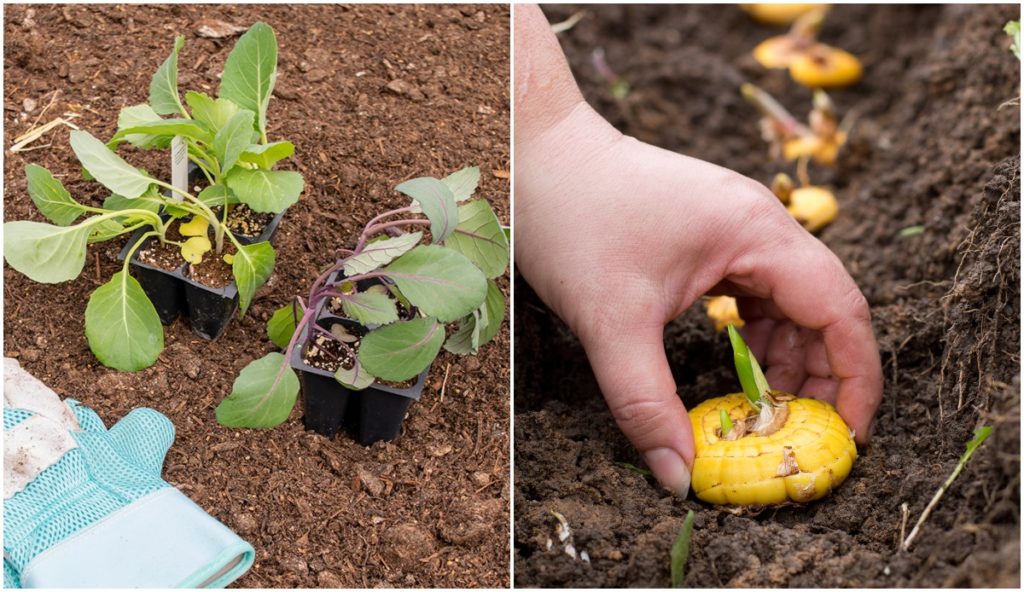
With the month of May comes dreams and aspirations of warmer weather, perfect for gardening and spending meaningful moments outside. Maybe you’ll be sitting close to the campfire, by the grill, or your newly built earth oven, waiting for some delicious treats to emerge from the heat.
Which leads us to ask:
Did you get the chance to sow all your garden seeds in April?
For some of you, the answer will be a resounding yes. Well done!
For the rest of us, there’s still time.
Essential gardening jobs to get done in May
As always, in this article series of gardening jobs to accomplish each month, a lot is going to depend on your location in the world.
Not only that, a lot relies on your exact location or planting zone. American gardeners can find their zone map here. Looking for hardiness zones of Europe? Find what you’re looking for right here.
Not to leave out plant hardiness zone maps for Canada.
If you happen to stumble upon this article from the southern hemisphere, you are going to be doing something entirely different in the garden than us far above the Equator.
Most of the gardening advice you will find here applies to the States, yet some of it’s applicable everywhere.
Simply take what you need to know and compost the rest.
Think of all the things you can plant and sow in May
May tends to be a busy month for gardeners as the “weeds” sometimes have the tendency to overtake new seedlings. Before getting deep into the season, make sure to have a plan, at least a tentative one.
If you’ve been thinking about investing in a garden planner, now is the time to do that. Don’t wait another minute! At least keep a spare sheet of paper around to note when and where you’ve sown your seeds. It will come in super handy later on.
1. Get those garden seeds and transplants in the ground
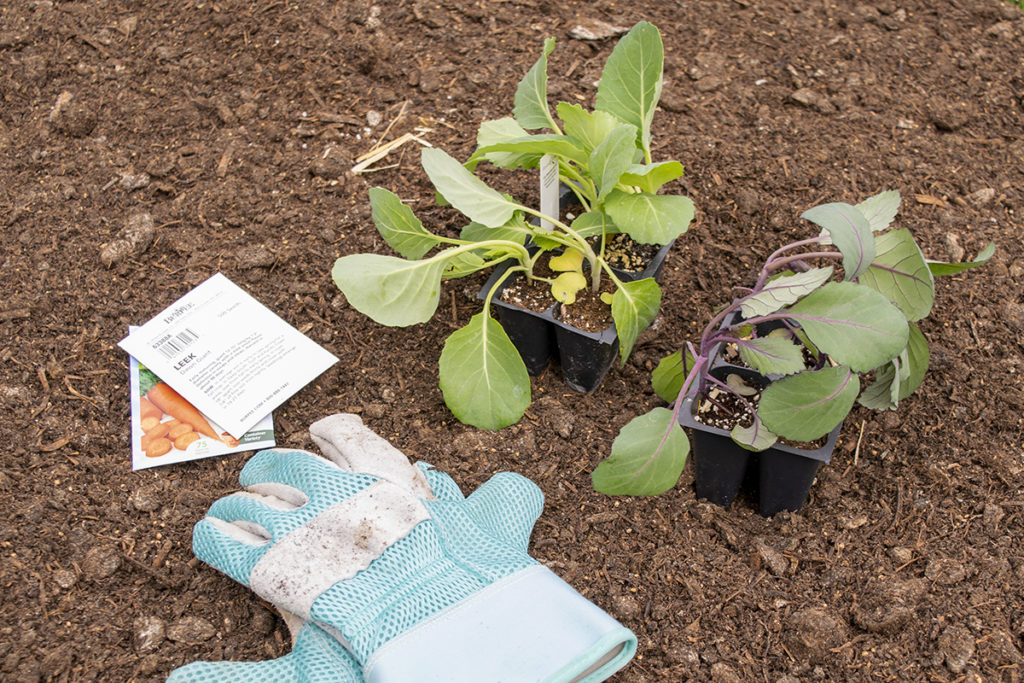
In May, the soil really begins to warm up. This means that most seeds are ready for direct sowing in the soil.
What seeds to sow in May?
- beans
- beets
- borage
- broccoli
- Brussels sprouts
- cabbage
- carrots
- chard
- chives
- dill
- lettuce
- nasturtium
- parsley
- parsnip
- peas
- poppies
- pumpkins (late May to mid-June)
- radish
- turnips
- spring onions
- zucchini
If you feel overwhelmed by this list, you’re not alone. However, don’t overlook the fact that you will probably only be planting a small amount of them each. After all, not everyone is ready to take on a survival garden.
Take it one seed packet at a time and don’t rush the process. Also, be sure to sketch out a garden map, especially if you wish to take companion planting into account.
As for those transplants you started back in April?
Or perhaps even further back, like those seeds you’ve sown in January or February?
Many of those seedlings will be ready for transplanting right about now. The precise moment, however, is up to you – and the weather.
One of the most important things to remember about transplanting seedlings is that they need to be hardened off over a matter of days. A week to 10 days is sufficient to acclimatize them to outside temperatures.
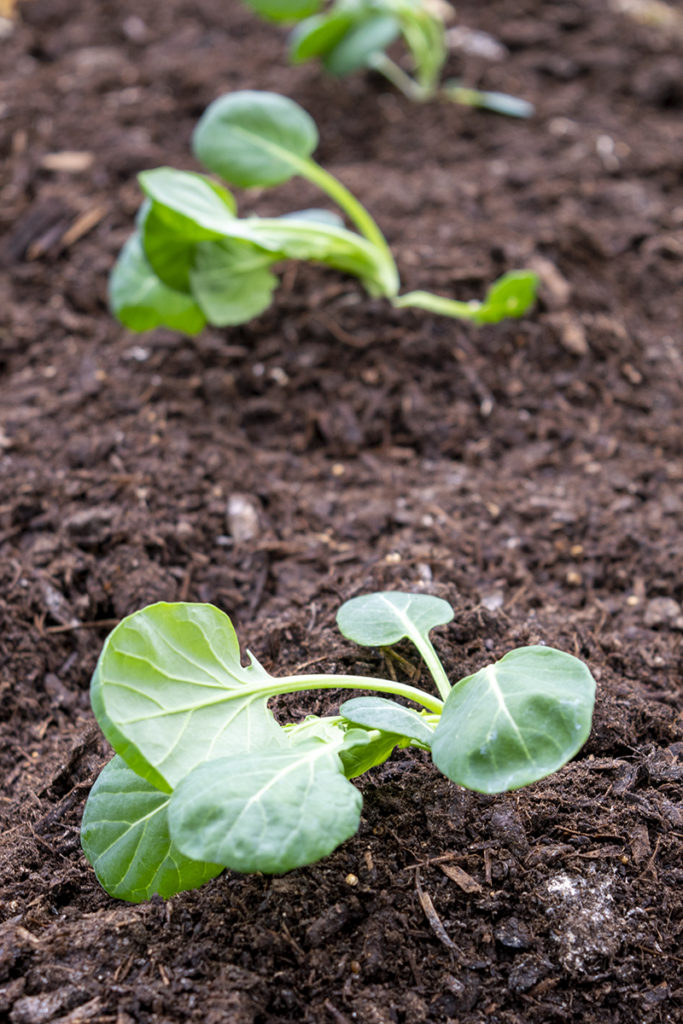
As soon as all danger of frost is passed, you can plant just about anything.
2. Plant wildflowers
So, why not spruce up your lawn with wildflowers?
Wildflowers attract beneficial insects, bees and butterflies. Besides that, they’re beautiful to the eye. What’s not to love about them?
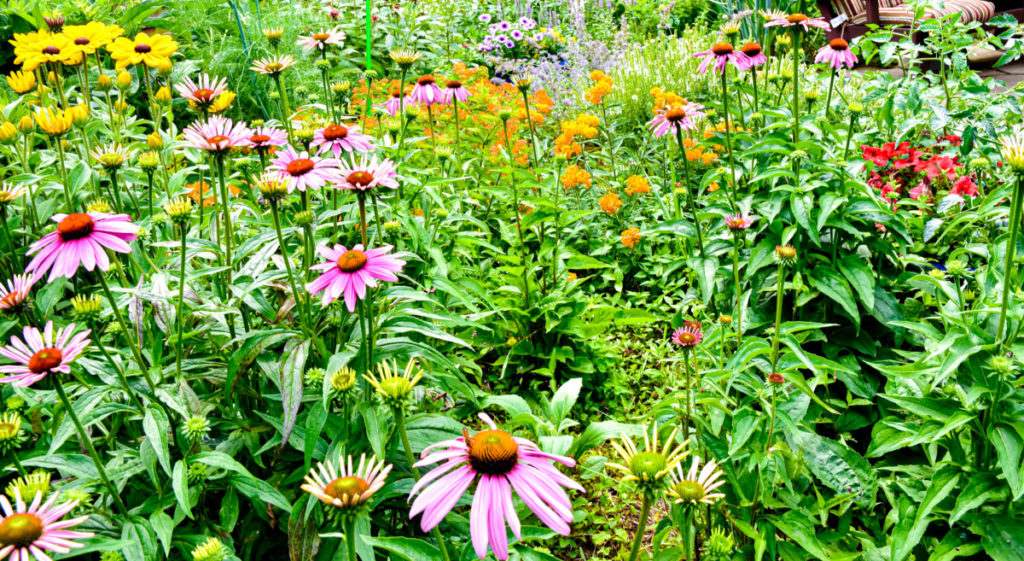
Early spring is often the best time to plant native wildflower seeds, but May isn’t too late.
As long as you have a sunny area in your garden, you’re good to grow.
3. There’s still time to plant perennials…
Again, this may be something that you should’ve already done, yet gardens are very forgiving.
If you give a plant the quality soil and water that it needs, perhaps a little pep talk from time to time, you’ll find that perennials are among the most easy-going crowd.
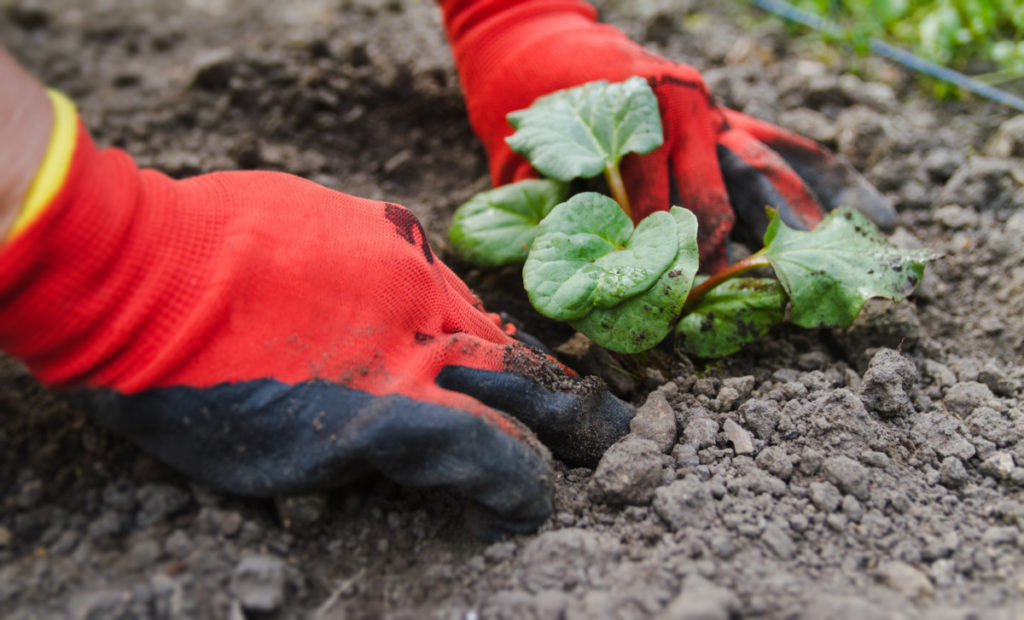
These long lasting perennials can be edible, or non-edible. They can be in bush, stalk, leaf or tree form. In essence, there is a perennial to grow for every gardener, or farmer.
If you’re purchasing from a nursery, don’t go for the most beautiful plants with the already open buds. Choose the plants that are a little bit behind, for those are the ones that will take to transplanting easier.
In general, smaller plants out-thrive their larger counterparts.
4. Planting bulbs in May
If your garden already contains its fair share of tulips and daffodils (which are bulbs to be planted in fall), then you may be on the lookout for more decorative blooms. Perhaps those that bloom in summer?
Gardeners are always looking for ways to extend the growing season, or to prolong their enjoyment of cultivating green and flowery plants.
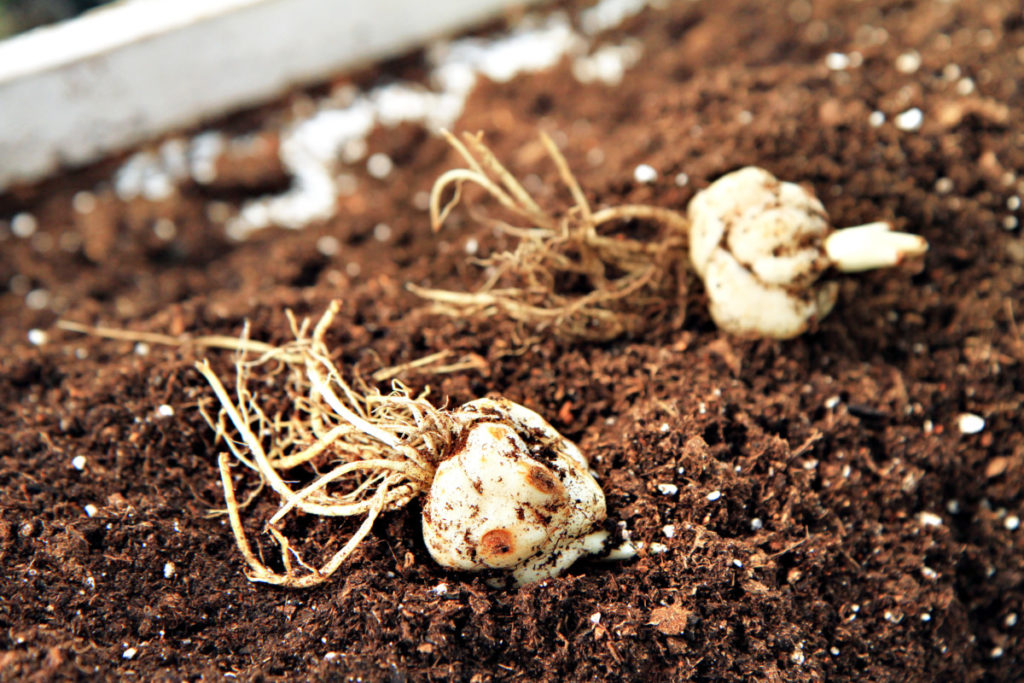
Give some consideration to the following bulbs to help redecorate your garden:
- Oriental lilies
- Asiatic lilies
- Crocosmia – these attract hummingbirds!
- dahlias
- gladiolus
- Hardy begonia
- Chinese ground orchids
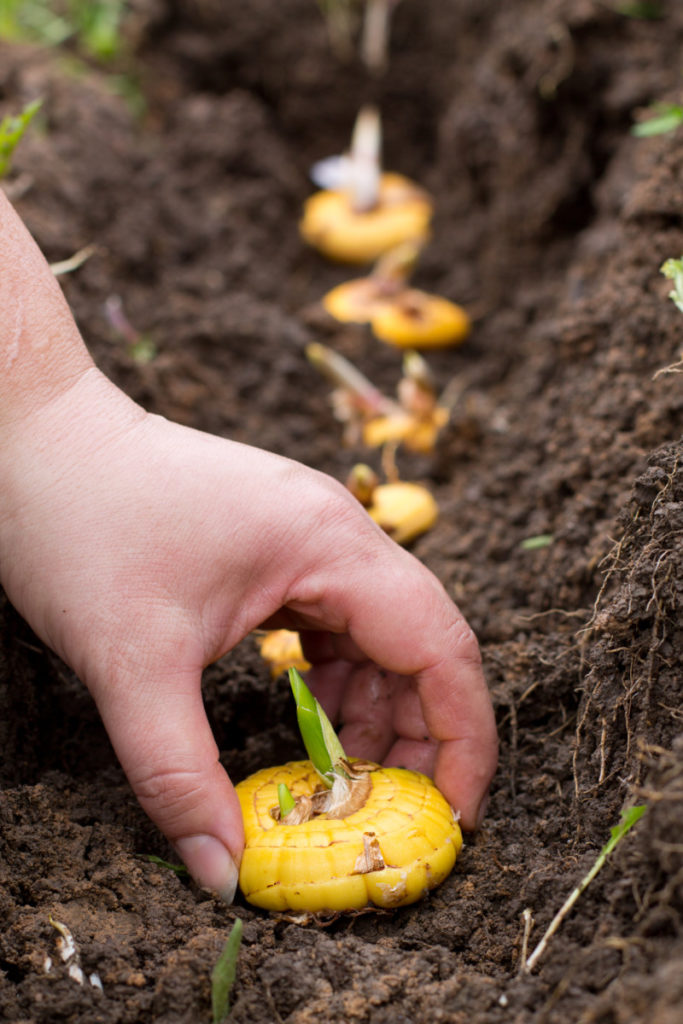
The last two bulbs on the list are perfect for shady gardens. Proving once again, there’s a plant for every place in your garden. Though you may need to search for the perfect one, through a series of trial and error.
Here’s a great guide to planting summer flowering bulbs in spring.
5. Plant window boxes with decorative flowers
Once all danger of frost has passed, you’re free to plant flowers, veggies and seeds galore.
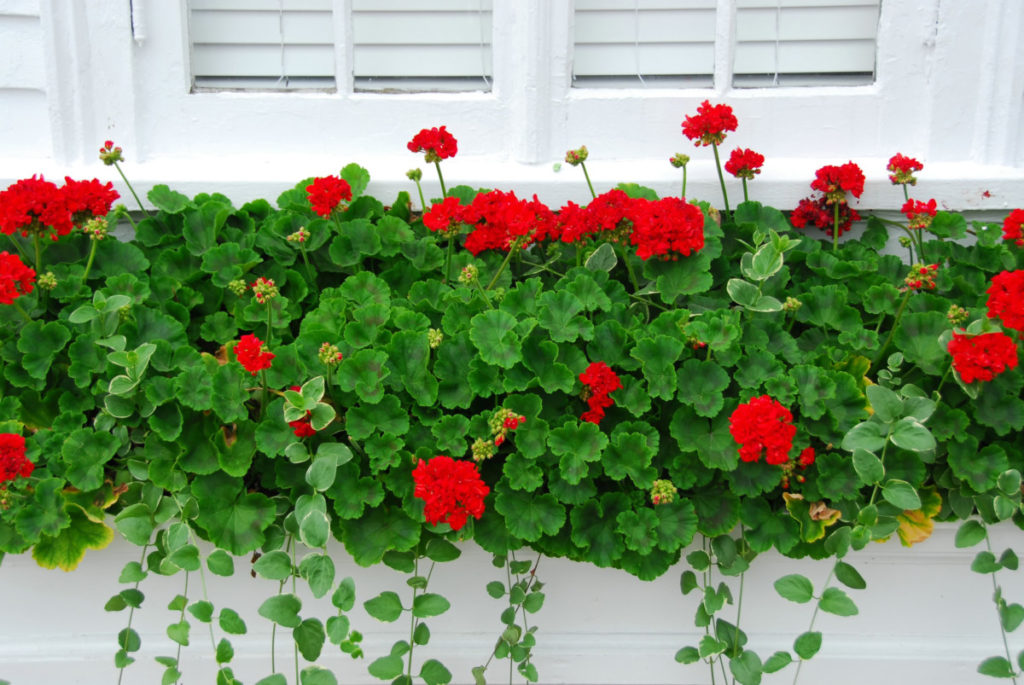
Here, you get to express your creative side as you add curb appeal to your house or apartment. Use them to grow herbs right outside your kitchen window, go ahead and plant some smaller veggies too.
One can always go the classic route and pot up some flowery favorites:
- asters
- begonias
- coleus
- euonymus
- geraniums
- heather
- impatiens (works best in shady spots)
- pelargoniums
- petunias
- salvia
- zinnias
There are so many plants to choose from that it can be hard to decide.
Go for color, shape, texture and make a decision fast. If you aren’t able to start all of your plants from seed (let’s be honest – who has that much time) you’ll be able to find a diverse selection at garden centers that are ready to transplant.
Whether your window boxes are edible, or purely for decoration, you’ll get a lot of joy from them. As a side benefit, you’re likely to attract some insects, which is a small, simple and beneficial act of rewilding.
6. Weeding and eating weeds
Set the scene: seeds are germinating all throughout the gardens and growing to new heights. Enter the rain: pretty soon, not only your seedlings are taking off, but the weeds are too. More than a few, lots of them.
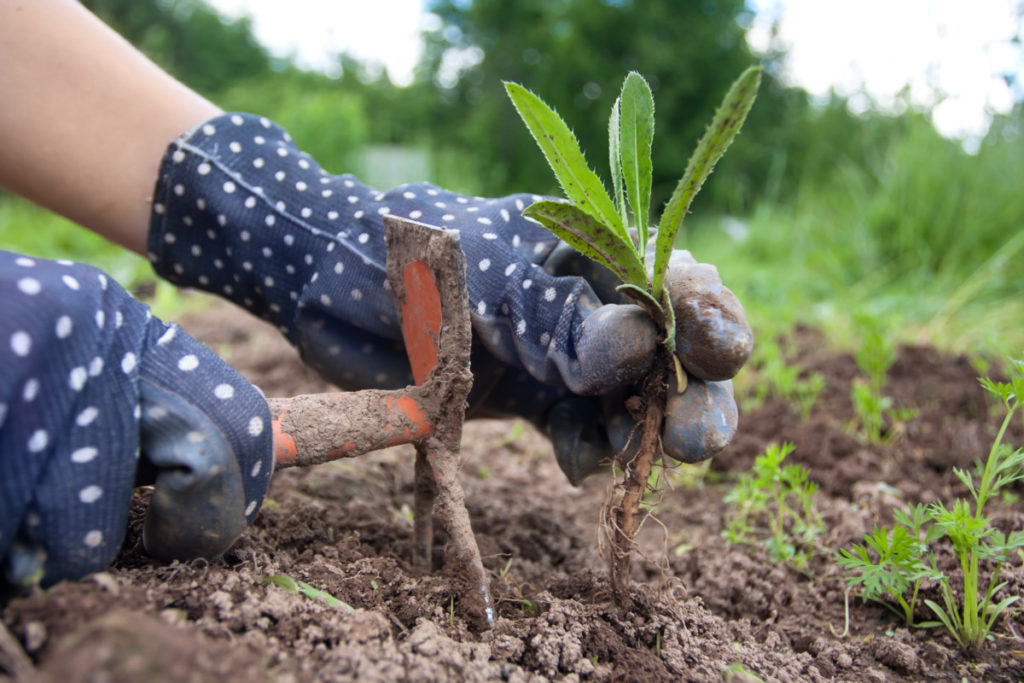
Left unchecked, your garden will be green within a month, with your garden crops lost in a sea of “weeds”.
Love them or hate them, weeds always appear where the soil is disturbed. It’s no fault of your own, it’s just how nature works. She’s always trying to cover up wherever possible.
One of the best ways to cut down on weeds is with a no-dig garden. Forget about the spade in favor of spreading mulch and compost.
Another way to manage those small, initial weeds, is with a small hoe. Manual maintenance works the best with small gardens, just don’t be afraid to get your hands dirty. If you’re already an experienced gardener, there should be no fear of that.
One more way to cut down on your weeds is to be able to identify and eat them. Not every gardener’s first choice, yet a viable option nonetheless.
You can also feed weeds to your chickens, ducks, rabbits, goats and pigs. Or to the compost pile (so long as they haven’t gone to seed).
7. Start laying down mulch where necessary
Mulch, the one true way to suppress weeds. Even if you don’t have enough mulch to cover your entire garden, you can cover the area around the base of the plants once they begin to grow.
Tomatoes can really benefit from a layer of organic straw at the base of their stems.
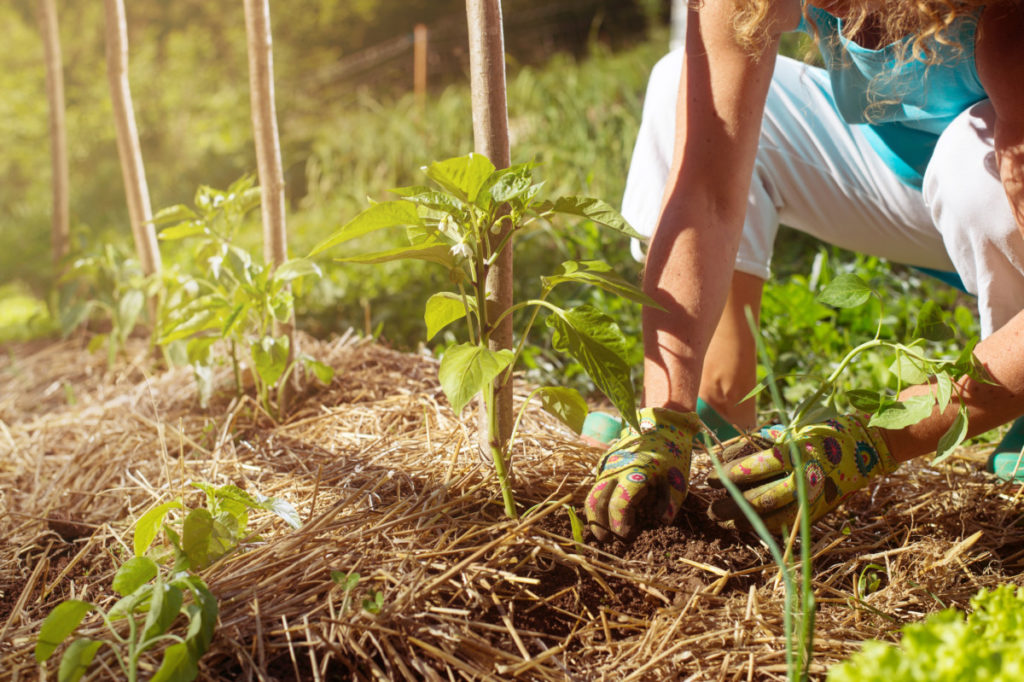
Pumpkins, zucchini and squash also love the ground to be covered. As soon as the plants are about 6″ tall, mulch liberally around the base. This will help them get all that they need from the soil.
You can also use this time to mulch your garden paths.
8. Start – or continue – with your container gardening
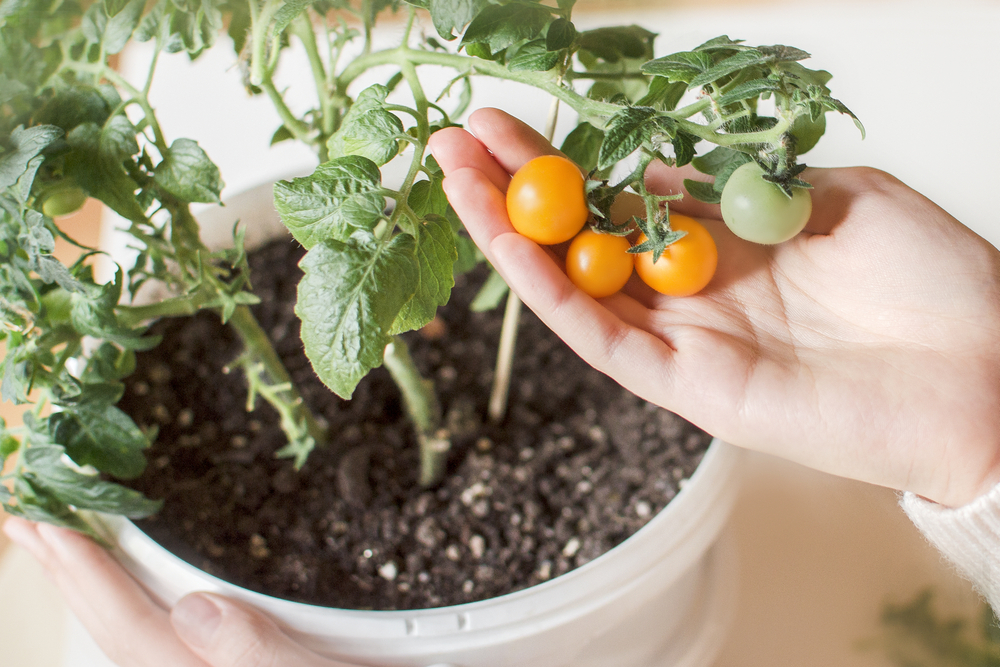
Even before thinking about window boxes, you might have imagined growing food. No matter how little space you have, you can always grow something, even just one thing, in containers.
Of course, pots aren’t suitable for everything, such as corn, sunflowers or trailing squashes, but they’re fabulous for many garden crops.
Common container-grown plants include: tomatoes, peppers, herbs, strawberries, radishes, chives, chard, eggplants and more.
Related reading: Container Veg Gardening: 30 Edibles To Grow In Pots & Why You Should
9. Divide and transplant perennials
Are your daylilies starting to grow? If they appear too bunched together, dig them up and divide them nicely in your space.
The same can be said for hostas which are normally divided in late summer, though as long as the soil is moist they can be dug up anytime from spring to fall. So, if you didn’t get around to it last year, you can get to it now.
See, gardening is very forgiving.
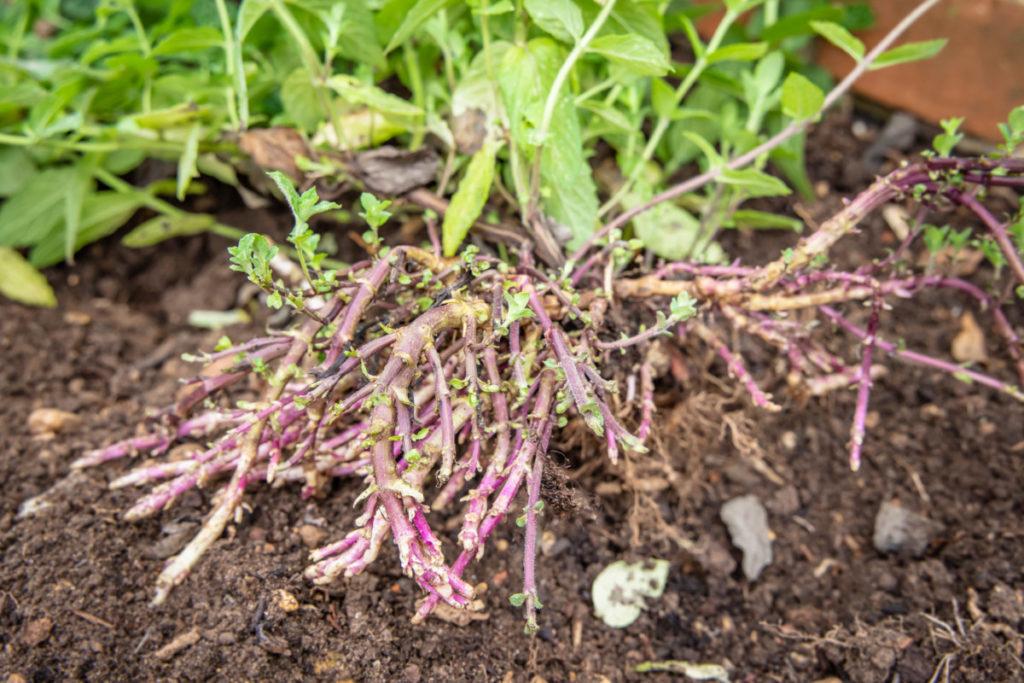
How about mint? Fall was also a good time to divide your mint, however, spring works just as well, considering how proliferous mint grows.
10. Fertilize your garden and perennials
Not every garden will need fertilizer and not ever garden will need it now.
But, I mention it here as a reminder to take great care of both your plants and your soil.
Rather than randomly applying fertilizer, you could use this time to get a soil test done, to know just which nutrients it lacks, or stores in excess. Why take a multivitamin if you’re lacking in just a few?
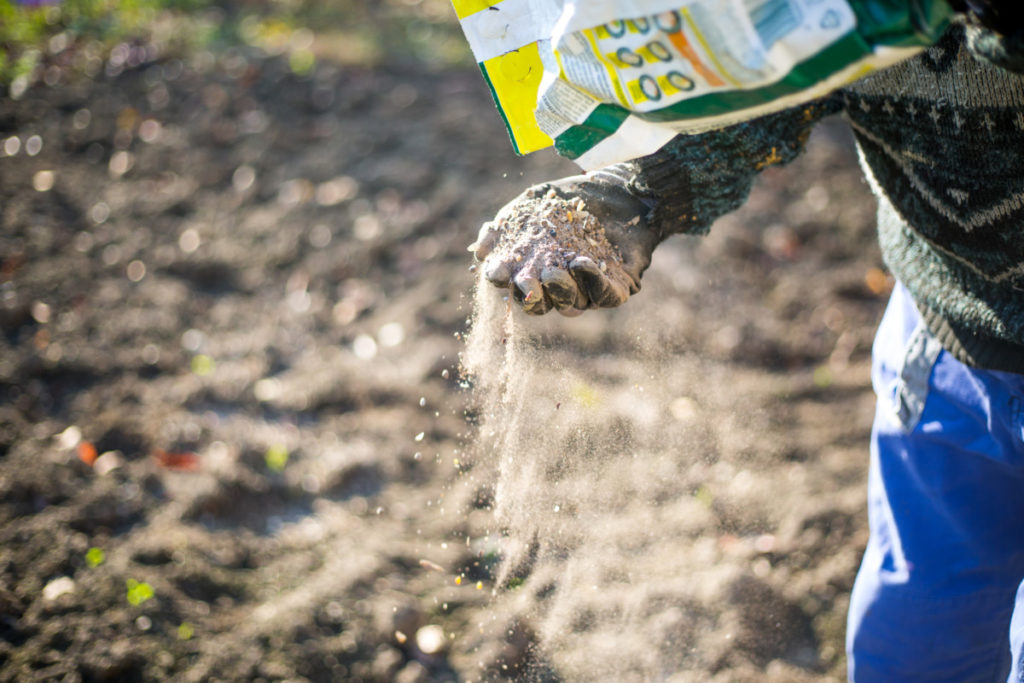
This will be the best indicator of what needs to happen next.
Related reading: 8 Ways To Make Your Soil More Acidic (& 5 Things Not To Do)
11. Deadhead spring flowers
Depending on how advanced your garden is, you may be in planting and clean-up mode at once.
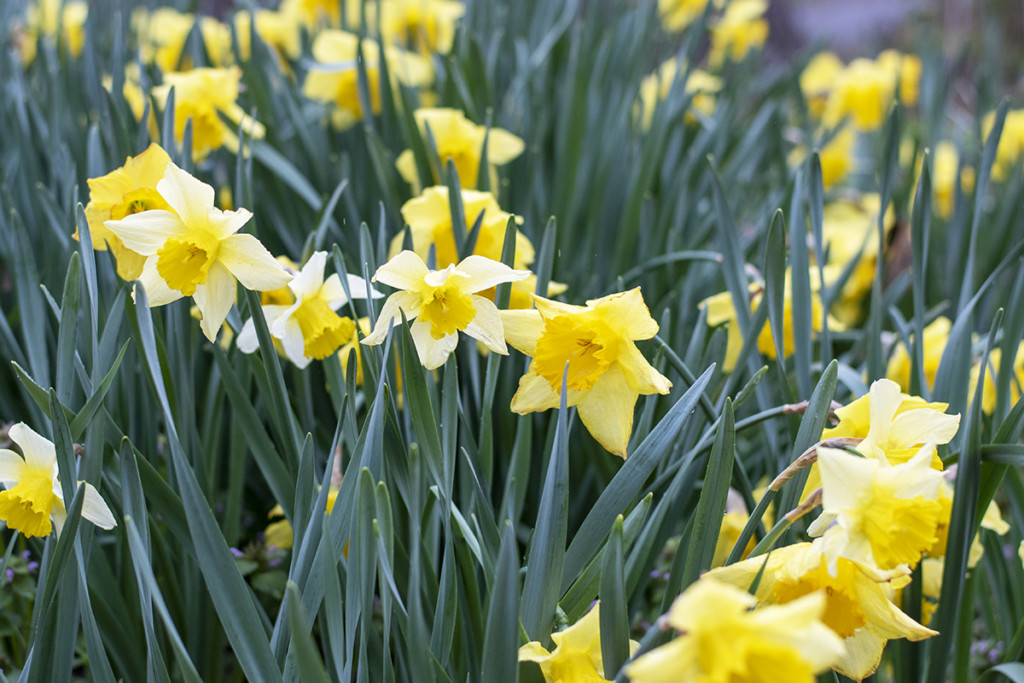
Once your tulips, hyacinths and daffodils are done blooming, it’s safe to remove the flowers. At the same time, it’s important to leave the foliage until the plant has died back almost completely. Only then can you cut the leaves back to the ground.
Throughout the growing season, deadheading your backyard plants is a continuous chore.
Do it right and do it often to encourage a second bloom in the garden.
12. Set up your garden supports
Think about your garden plan for a minute and ponder whether or not you have all the support(s) that you need to make it happen.
We aren’t talking about emotional support here. That comes from within and from the positive relationships surrounding you.
Imagine tomato cages, trellises, fences; those sort of supports. The structures that plants climb on, over and through.
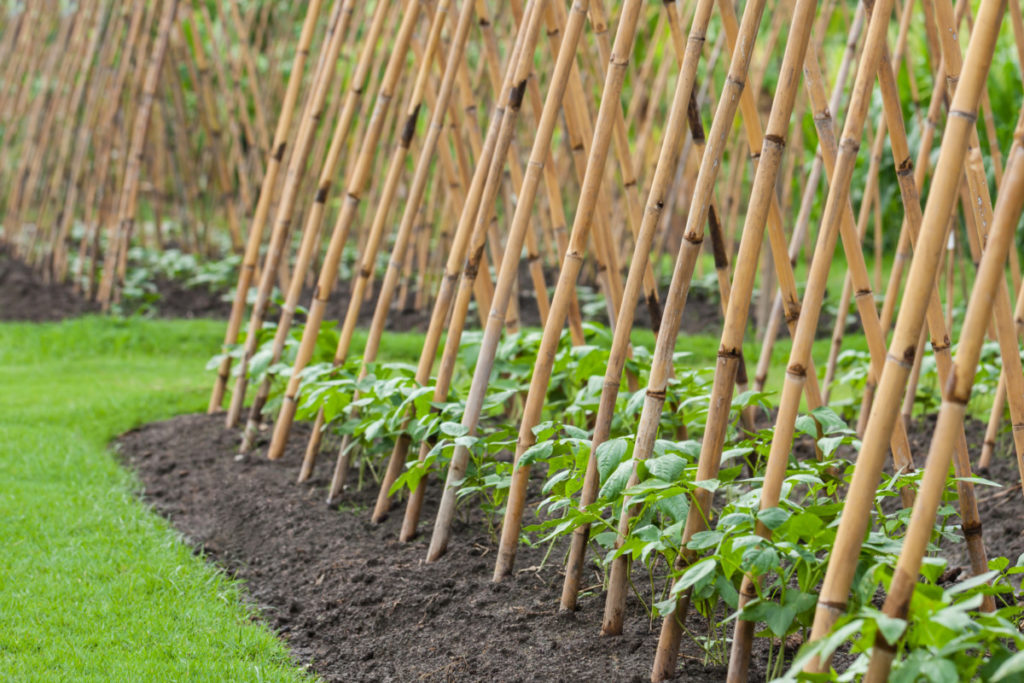
You’ll need supports for your garden vegetables:
And supports for your beautiful flowers:
- dahlias
- delphiniums
- sweet peas
- zinnias
- lilies
- peonies
Naturally, you’ll want to get those supports in early, before the plants really take off in height. This way, you’ll prevent the roots from becoming disturbed as you give the young plants a sense of security. When they’re ready, they will have a safe place to grow up.
Related reading: 10 Fruits and Veggies To Grow Vertically For Epic Yields In Tiny Spaces
13. Mow the lawn, or not mow the lawn
Most people I know started mowing their lawns in mid-April.
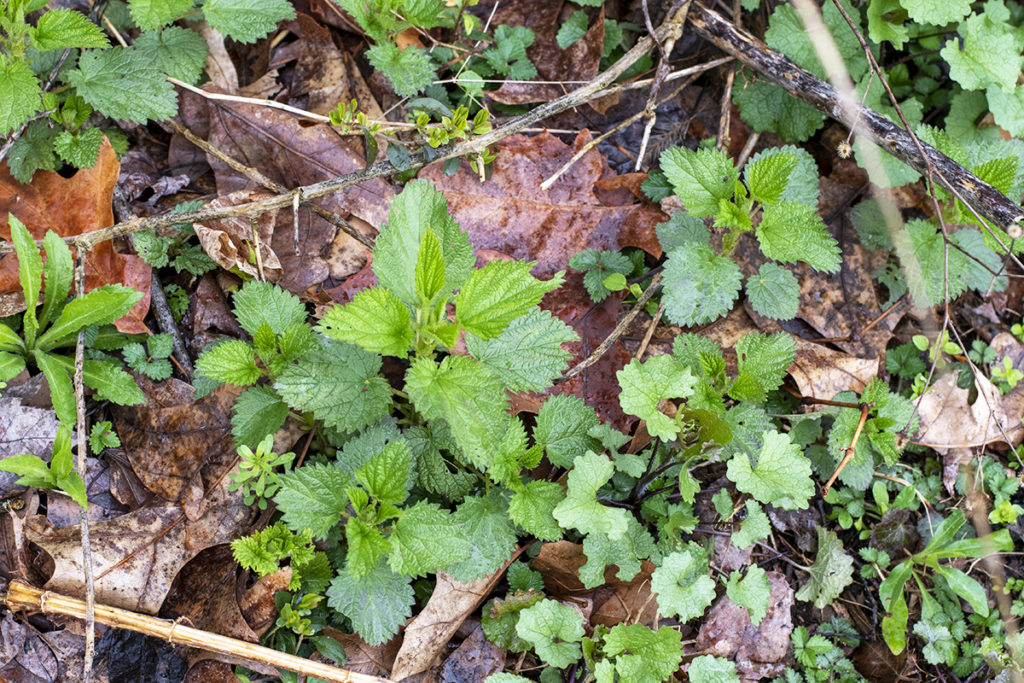
Ours will not get scythed till late May, or early June. This of course depends on the growth rate of the grass, as well as what wild greens we can harvest for our own use.
If you hold off on mowing the lawn (and don’t apply a drop of chemicals to your plot), you may be able to harvest the following plants in May:
- dandelions
- cleavers
- purple dead nettle
- nettle
- clover
- chickweed
- violets
- plantain
- goosefoot
- purslane
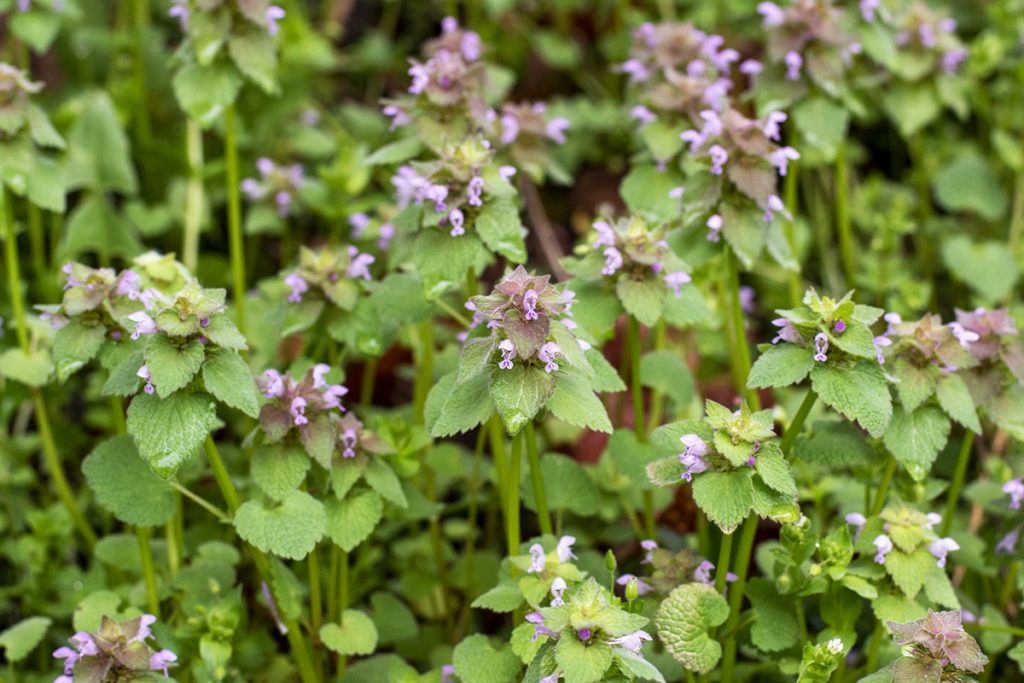
These greens and flowers are just for starters, you could possibly find even more growing than that, you only need to stop mowing to see what will grow.
Naturally, you’ll also have inedible weeds too, but there is something wonderful to be said for the sake of a diverse lawn.
If you’re ready to ditch the green turf in favor of rewilding your backyard, you might even consider turning your lawn into a wildflower meadow.
It doesn’t mean that you won’t ever mow the lawn again. What it does entail, however, is mowing your lawn less often than you’re accustomed to.
May is a great month to decide what your lawn intentions are, as you ask yourself if you’re ready for monumental change.
14. Water the garden
April flowers bring May showers. Or is it April showers bring May flowers?
It could be either or both at once, just to make things more confusing.
Sometimes April is cold and rainy, followed by more of the same in May. Other times April is dry, followed by a drenching May.
But this is certainly not the case everywhere in the world. May can be one of the most beautiful months where the temperatures are not yet too hot. Where the flowers are blooming en masse and the fragrances in the air are perfumey and pleasant.
Bottom line, if your garden needs water, then give it water.
If it doesn’t, politely ask the universe for clear skies.
May is a great time to think about how you’re going to irrigate your garden come summertime.
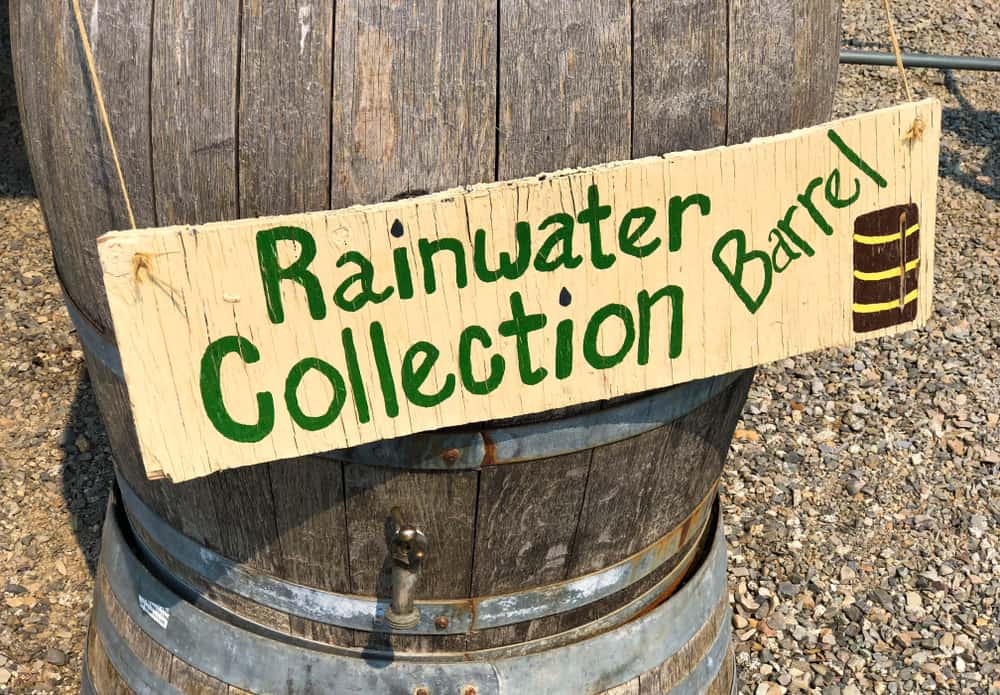
Are you going to collect rainwater? Will you use sprinklers, or implement a more sophisticated soaker system? Is it possible that a simple watering can will do?
As with any trellises and supports, get prepared with all the materials you think you will need right now.
15. Check for insects and plant diseases
As soon as plants start to grow, anything can happen.
Keep a watchful eye on your emerging seedlings, as flea beetles may be the first ones to taste the young, immature, tender leaves.
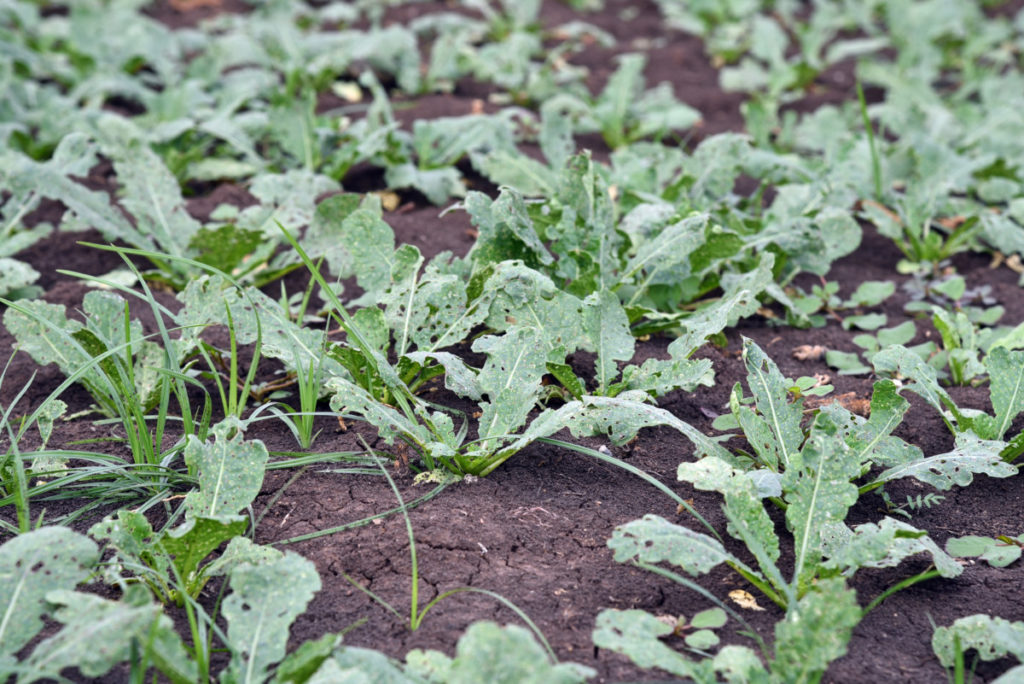
Or perhaps too much May moisture can lead to formations of mold and/or fungus.
But, before you set the alarm bells ringing, take a moment to sit back and notice what it is that you’re seeing. Is it truly a threat, or is it a minor annoyance? Could it have been prevented by the use of companion planting or rotating your crops?
First identify, then act. Never the other way around.
Keep in mind that not all bugs are bad. Here are 12 garden bugs you should never kill.
16. Last chance to plant asparagus
Now, whenever I think of asparagus, I immediately conjure up an image of Julius and imagine what he might have to say about the subject.
To understand the reference, you’ll have to have already read, or to want to read, this fantastic book: The Hundred-Year-Old Man Who Climbed Out of the Window and Disappeared.
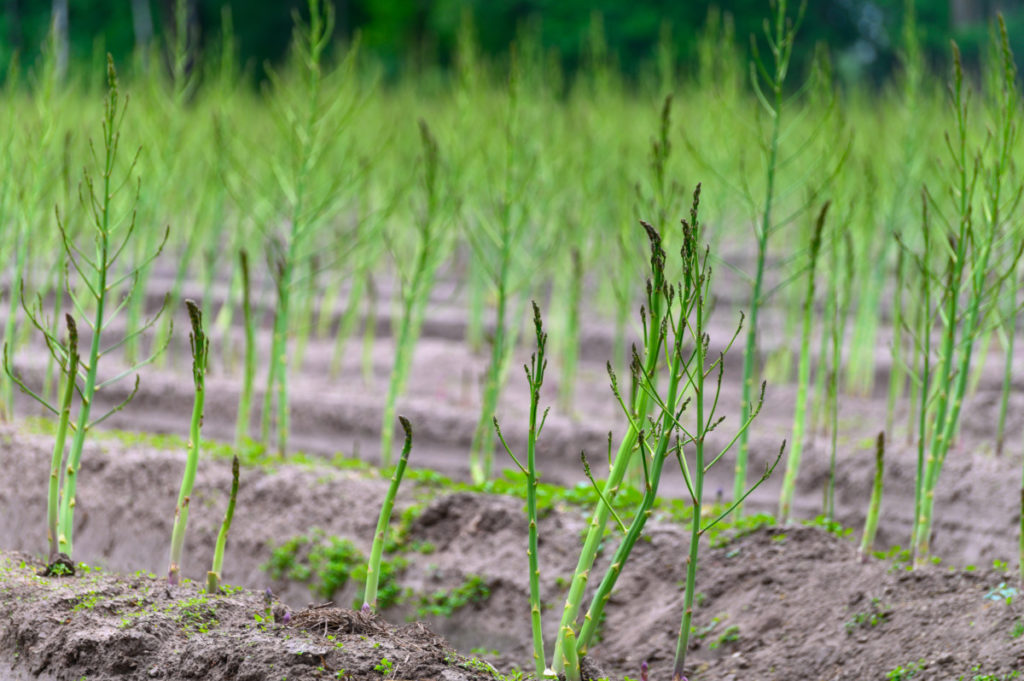
In the real world, the latest spring time for planting asparagus is now.
If you don’t get to planting asparagus in May, you’ll have to wait until autumn.
Even then, you’ll have to wait 3-4 years for your first harvest. In which case, you better plant sooner than later!
Here’s our guide to planting an asparagus bed in your backyard.
17. Set your houseplants outdoors
When all is said and done in the garden, you’ll still have your houseplants to think about.
Ours have already made the short round-trip journey from inside the window to out on the porch several times by now.
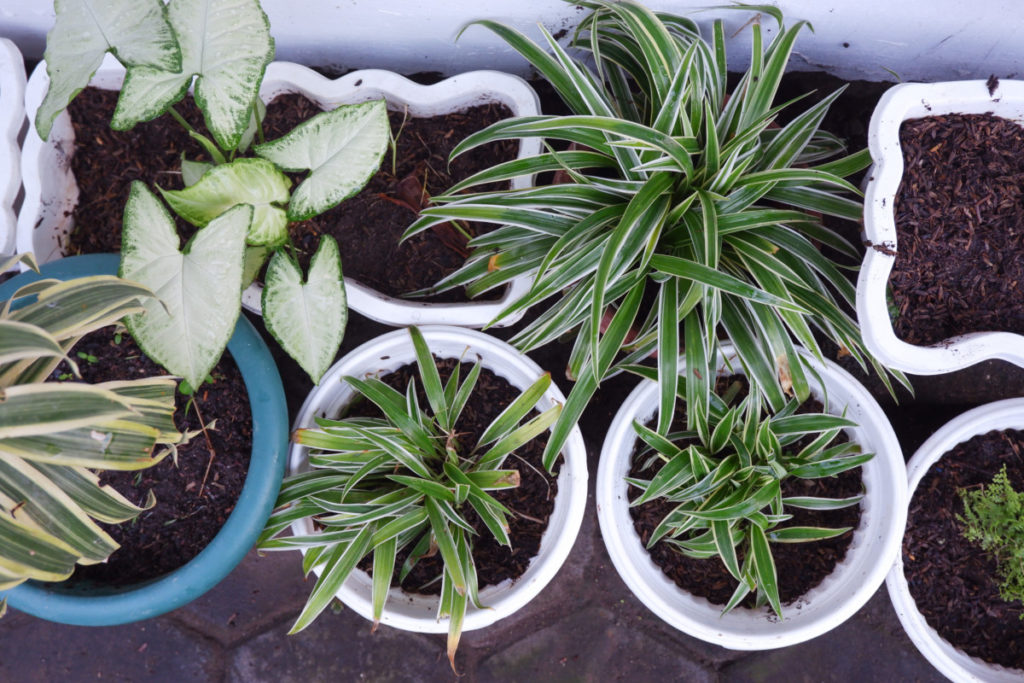
Is it worth all that extra effort? Of course it is! Taking care of a plant is nothing next to caring for a dog, a cat or a farm animal.
Plants need access to direct and indirect sunlight too, just as we all do. They also love to feel the wind on their leaves and the pitter-patter of rain on their sides. Give them the chance of experiencing nature at its finest.
Just remember to bring them in at night if evening temps are colder than normal.
One more thing to think about now, that you are spending more time outside, is ticks. Those little buggers will be eager to bite the first chance they get. No need to be scared of nature, just be aware.
Be sure to check for them while out and about and at the end of every day.
With that, your May gardening chores have only just begun.
Now is the time to get your hands dirty as you bask in the sunshine, creating all the vitamin D your body needs.

Get the famous Rural Sprout newsletter delivered to your inbox.
Join the 50,000+ gardeners who get timely gardening tutorials, tips and tasks delivered direct to their inbox.

